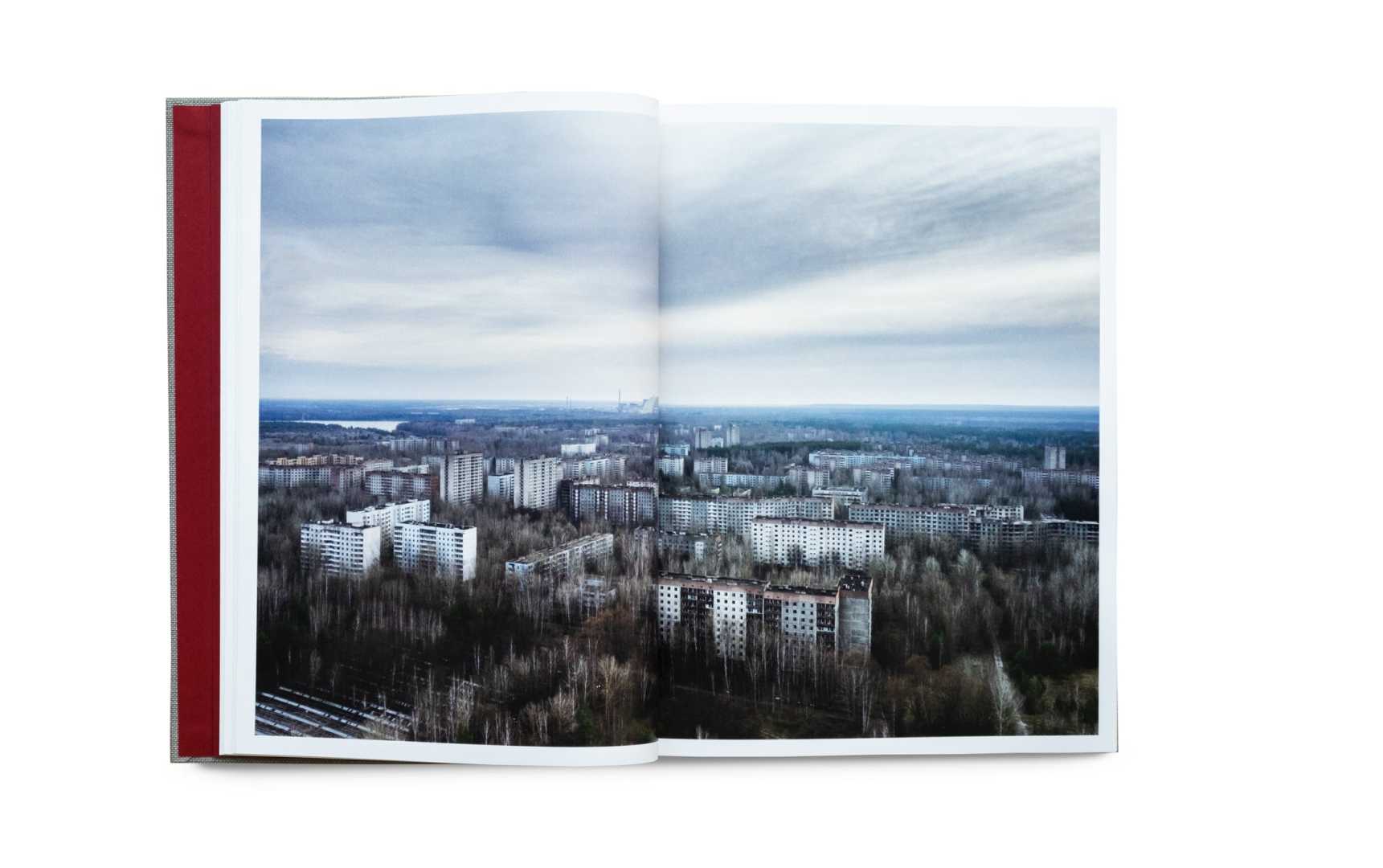World
Photographer Documents Life in Chernobyl’s Exclusion Zone

Italian photographer Pierpaolo Mittica has released a haunting visual chronicle of life in Chernobyl‘s exclusion zone, a 2,600-square-kilometer area surrounding the site of the 1986 nuclear disaster. His book, ‘Chernobyl,’ published by GOST Books, captures the resilience of communities living in and passing through the contaminated region, offering a poignant testament to a place forever scarred by one of history’s worst nuclear accidents.
Mittica first visited the exclusion zone in 2002 and has returned multiple times over six years to document its inhabitants. His photographs include images of people who returned to their villages after being forcibly evacuated, reactor operators, military personnel, and scientists studying the area. Approximately 4,000 people are believed to currently live in the zone, defying the dangers of radiation.
‘Most of the radiation-affected children I photographed on my first visits are no longer alive,’ Mittica said. ‘I would like this book to be a memory of that place and of those people.’ His work highlights the stark contrast between the zone’s contamination and the life that persists within it.
Following the 1986 disaster, much of the exclusion zone was mined, and entry remains heavily restricted. Despite its status as one of the most contaminated places on Earth, Mittica notes that the area was teeming with life before the recent conflict in Ukraine. ‘The Chernobyl dead zone was full of life before the war,’ he concluded.
The book serves as both a historical record and a tribute to the resilience of those who continue to inhabit or work in the shadow of the disaster. Mittica’s photographs provide a rare glimpse into a region that remains a symbol of human and environmental tragedy.












